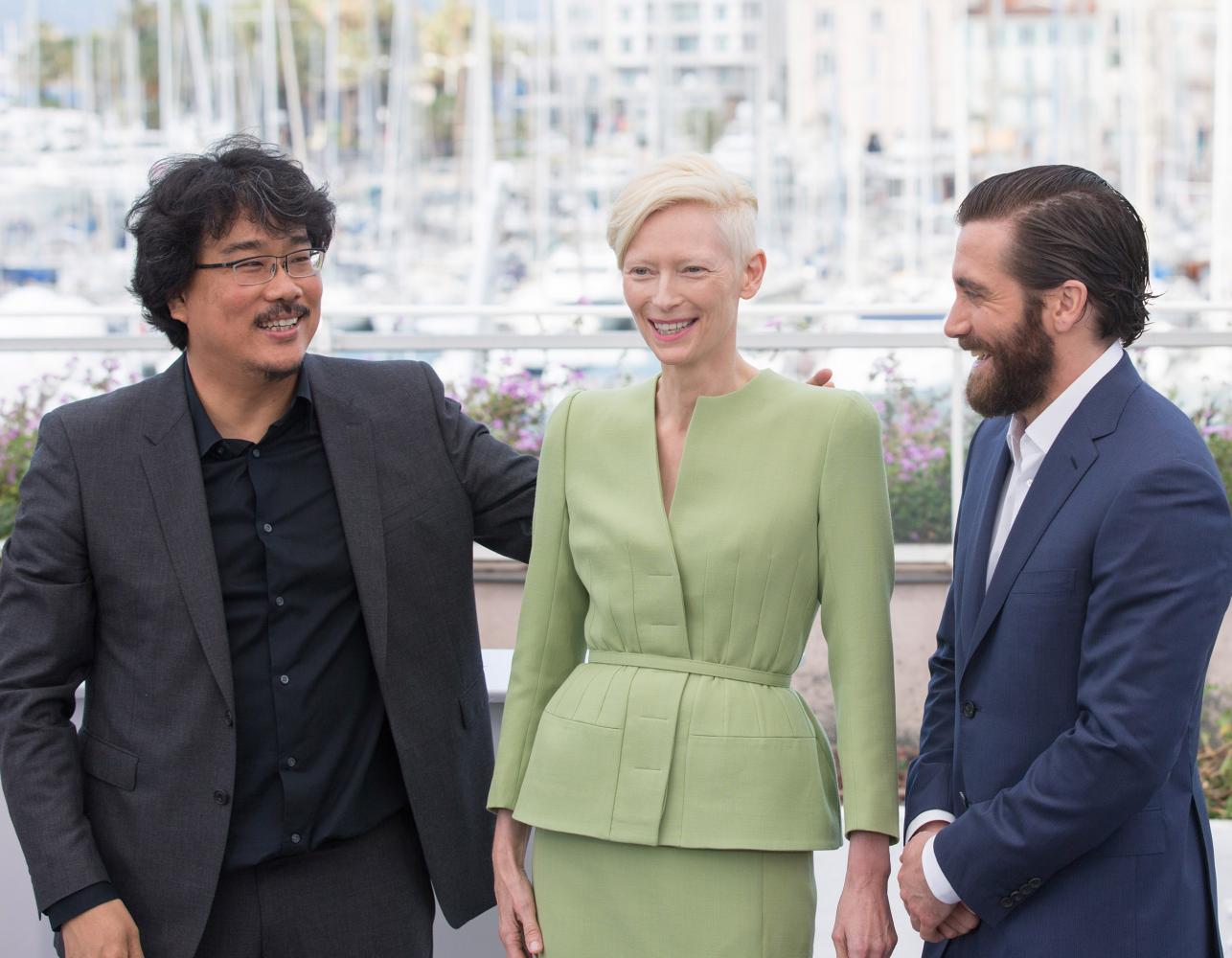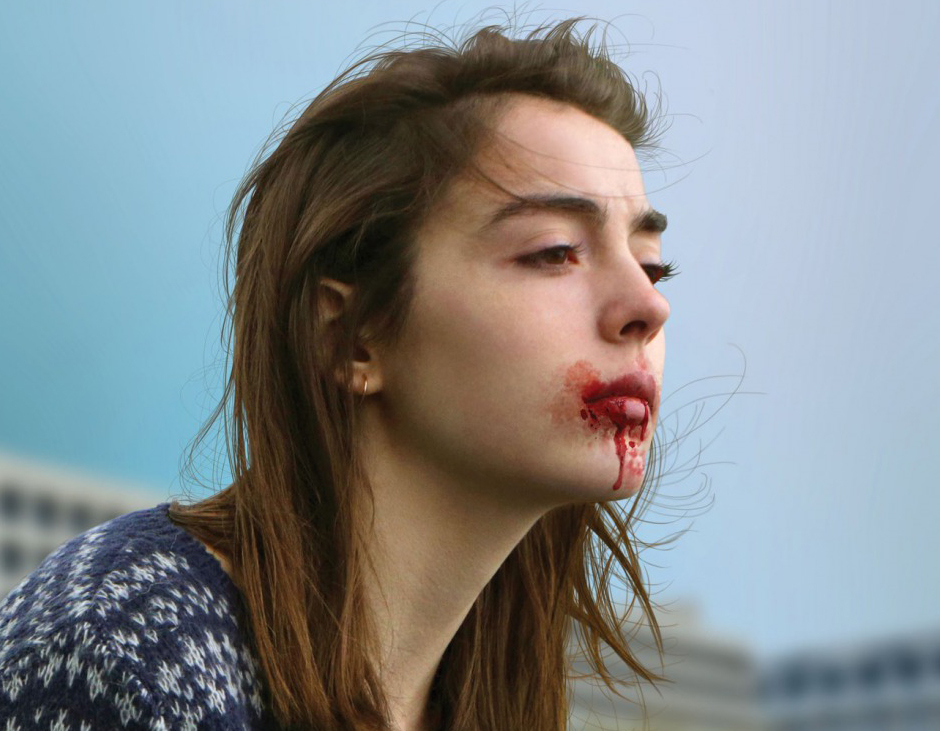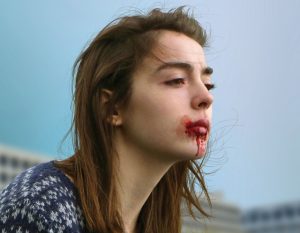Top five movies of the summer
Aug 24, 2017
With the annual summertime revolving door of uninspired franchise sequels, prequels and reboots, it can be easy to overlook many of the truly great films that have already been released this year.
While the Northern Iowan has been on hiatus for the past three months, the summer has been marked with an abundance of quality films that have pushed the boundaries of the medium, leaving a lasting impression on viewers long after the end credits roll.
In short, there are simply too many movies to see and too little time to see them.
To help you figure out what films you should be making time for, I’ve compiled a list of what I deem to be the five best movies of 2017 so far.
Keep in mind that due to the sheer number of highly anticipated films still slated for release later this year, this list is sure to change dramatically come December. After all, if the strength of the following five films is any indication, 2017 may go down as one of the best years for the movies in recent memory.
5. “Dunkirk”
Undoubtedly the most commercially successful film on my list, director Christopher Nolan continues his long streak of quality blockbusters with perhaps his most daringly original one yet. A typical war movie on the surface, “Dunkirk” is anything but, as Nolan opts for hyperrealism and gritty authenticity over cheap romanticism.
In other words, Nolan chooses not to glorify the horrors of war and instead eschews melodrama altogether.
As it turns out, Nolan offers no backstories or traditional character development for the many soldiers featured in the film. Instead, the viewer is almost constantly immersed in the chaos of the soldiers’ harrowing fight for survival, with shrapnel whizzing past their ears and bomber planes flying menacingly overhead.
The films’ subject matter also lends itself to Nolan’s refusal to romanticize wartime atrocities, as the film follows the famed evacuation of Allied soldiers during World War II.
The mere fact that “Dunkirk” dares to recount a retreat, rather than a rousing victory is a testament to Nolan’s boldness as a storyteller.
4. “It Comes at Night”
An atypical horror film in every sense of the word, it may be more accurate to refer to Trey Edward Shults’s latest movie as a psychological test of endurance.
Schults, a relative newcomer, has proven himself to be one of the most promising young directors working today, as he injects this genre-defying mood piece with more atmosphere and dread than nearly any other so-called “horror” film of the past 10 years.
Set in a post-apocalyptic world in which a deadly, unnamed disease has wiped out much of the population, “It Comes at Night” follows Paul (Joel Edgerton) as he attempts to survive with his family in a secluded country home.
As this tale of suspicion and apprehension unfolds, “It Comes at Night” is virtually devoid of traditional jump scares and instead builds suspense gradually through effective pacing, cinematography and acting.
By the time we reach the film’s shocking conclusion, these minimalist trappings ultimately seem to serve as a commentary on our fear of the unknown – which may, in fact, be the most dangerous fear of all.
3. “Okja”
Bong Joon Ho’s follow up to 2013’s wildly inventive sci-fi thriller “Snowpiercer” sees the eclectic South Korean filmmaker melding disparate genres once again. To be sure, “Okja” can feel like a heist film, a black comedy, a political thriller and even a children’s cartoon — many times, all at once.
For a lesser filmmaker, any attempt to combine all these distinct film types would surely result in incoherency. However, Bong Joon Ho finds a way to perfect this tricky balancing act by uniting the film’s various themes around the central relationship between Okja, a genetically modified super pig, and Mija (Ahn Seo-hyun), a young farm girl from South Korea.
The film, which revolves around Mija’s attempts to protect Okja from certain death at the hands of the greedy Mirando Corporation, simultaneously serves as an allegory for the evils of the meat industry (and capitalism in general), as well as a deeply affecting tribute to the power of friendship.
Due to the film’s powerful message, there have already been widespread reports that “Okja” is turning people to vegetarianism. If nothing else, it is sure to make you turn to the Kleenex box next to you.
2. “A Ghost Story”
What may be the most wholly original and emotionally pulverizing film of the year features little more than Casey Affleck, fresh off his Academy Award winning performance in last year’s “Manchester by the Sea,” wandering despondently through an abandoned house while draped in a white sheet.
“A Ghost Story,” directed by David Lowery, follows C (Affleck), a recently deceased musician, as he helplessly watches over his grieving wife M (Rooney Mara). An extreme exercise in minimalism, “A Ghost Story” is one of the quietest and most leisurely paced films of the year.
However, the patience with which Lowery allows his supernatural drama to unfold doesn’t result in yawns, but rather leads to a uniquely visceral viewing experience. The film’s careful rhythms immediately seize your attention and refuse to release you throughout C’s mesmerizing journey from beyond the grave.
At times both immensely transcendent and intensely intimate, “A Ghost Story” operates as a haunting and heartbreaking meditation on our own mortality and what it means to love.
1.“Raw”
There are many words one can use to describe Julia Ducournau’s inimitable masterwork: shocking, unnerving, unforgettable. However, attempting to encapsulate the dangerous and erotic world of Ducournau’s “Raw” would be an injustice to the film’s incredible vision and artistry.
Serving as both a horror film and a coming-of-age story, “Raw” centers on lifelong vegetarian Justine (Garance Marillier) as she starts veterinary school and is almost immediately forced into a hazing ritual that irrevocably changes her life.
Under Ducournau’s bold direction, “Raw” features some of the most provocative and startling imagery of any movie made this decade. However, the film’s biggest strength may, in fact, be Marillier’s revelatory performance.
In what is truly one of the most honest and captivating portrayals of college-age uncertainty in film history, Marillier brings a tremendous amount of nuance and emotional depth to her character.
In the end, “Raw” is sure to move, confound, terrify and, ultimately, change you. Indeed, much of the film’s power can be attributed to Ducournau’s willingness to embrace and expand upon certain horror tropes as she tells this refreshingly unusual coming-of-age tale.
But more than anything, “Raw” is the best movie of the year because of its honesty, bravery and unbridled originality.












